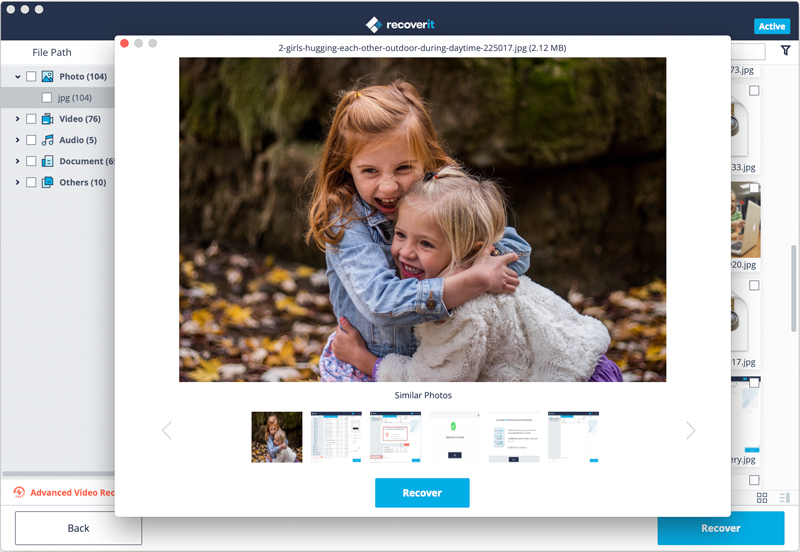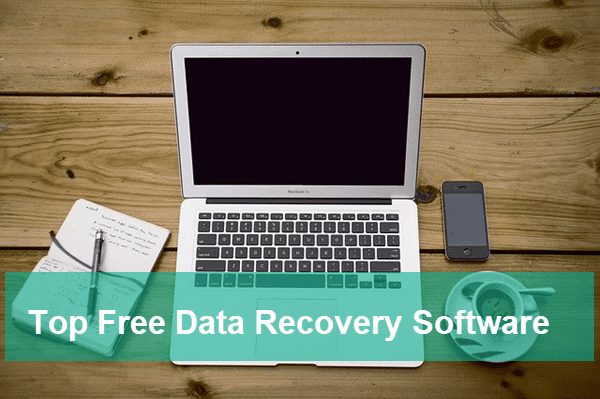These file recovery programs can help you recover, or 'undelete' files on your computer. Files you have deleted are often still present on your hard drive (or USB drive, media card, smartphone, etc.) and can be recovered using free data recovery software. Data recovery software is just one way to go. Recover Files from Emptied Trash. The Mac trash recovery tool offers a free, DIY solution to restore the deleted files from Trash. The software can restore your files even if you had emptied the Trash. It can get back the files that were deleted using the Command-Shift-Delete. It doesn't matter what kind of storage is installed in or attached to your Mac — AnyRecover can work with it to recover files. Any type of Mac hard disk or SSD, virtual disk, USB drive or external drive is supported. Use memory cards to transfer data from other devices like camcorders or digital cameras? Now, browse through the older versions of your files and restore them with ease. Recover Permanently Deleted Files Using EaseUS Data Recovery Software on Mac. Just in case, you have cleaned up the entire Trash along with the important items, an efficient data recovery software can get the job done for you. Locate the files that you want to recover and select the checkbox in front of them. Once you have selected all the files, tap on the ' Recover ' option and the files will be saved on your Mac. You can also have a preview of the files that you are about to recover. If any file is selected by mistake then you can unselect it.
Mac File Recovery From Trash
Start up from macOS Recovery
Determine whether you're using a Mac with Apple silicon, then follow the appropriate steps:

Apple silicon
Turn on your Mac and continue to press and hold the power button until you see the startup options window. Click the gear icon labeled Options, then click Continue.
Mac File Recovery From Trash
Intel processor
Make sure that your Mac has a connection to the internet. Then turn on your Mac and immediately press and hold Command (⌘)-R until you see an Apple logo or other image.
If you're asked to select a user you know the password for, select the user, click Next, then enter their administrator password.
Reinstall macOS

Select Reinstall macOS from the utilities window in macOS Recovery, then click Continue and follow the onscreen instructions.
Follow these guidelines during installation:
- If the installer asks to unlock your disk, enter the password you use to log in to your Mac.
- If the installer doesn't see your disk, or it says that it can't install on your computer or volume, you might need to erase your disk first.
- If the installer offers you the choice between installing on Macintosh HD or Macintosh HD - Data, choose Macintosh HD.
- Allow installation to complete without putting your Mac to sleep or closing its lid. Your Mac might restart and show a progress bar several times, and the screen might be empty for minutes at a time.
After installation is complete, your Mac might restart to a setup assistant. If you're selling, trading in, or giving away your Mac, press Command-Q to quit the assistant without completing setup. Then click Shut Down. When the new owner starts up the Mac, they can use their own information to complete setup.
Other macOS installation options

When you install macOS from Recovery, you get the current version of the most recently installed macOS, with some exceptions:
- On an Intel-based Mac: If you use Shift-Option-Command-R during startup, you're offered the macOS that came with your Mac, or the closest version still available. If you use Option-Command-R during startup, in most cases you're offered the latest macOS that is compatible with your Mac. Otherwise you're offered the macOS that came with your Mac, or the closest version still available.
- If the Mac logic board was just replaced, you may be offered only the latest macOS that is compatible with your Mac. If you just erased your entire startup disk, you may be offered only the macOS that came with your Mac, or the closest version still available.
You can also use these methods to install macOS, if the macOS is compatible with your Mac:
Mac File Recovery Free Tools
- Use the App Store to download and install the latest macOS.
- Use the App Store or a web browser to download and install an earlier macOS.
- Use a USB flash drive or other secondary volume to create a bootable installer.
>Yes, but you have to restart into recovery mode to accomplish that. You may create an image of your internal disk ignoring those errors. But >knowing the sizes/free space is essential for this. Restart into recovery mode and open
choose the different disks/partitions and >make notes of their sizes and the free space of your external disk and then post it here. –NO, I don't need the whole HD, I just want copy some last files that are lost ad which are not on the TM backup.
Is this so complicated to understand? C'mon guys!!!
Feb 22, 2015 9:34 AM
